How to Help Your Child Develop Situational Awareness
"The issue isn't strangers, it's the behavior of strangers." Kelly Sayre,The Diamond Arrow Group
It's a teachable and learnable skill: situational awareness. By teaching your child how to be more aware of his or her surroundings, you can boost your child's confidence and increase personal safety in the process. The key is to make it fun and interesting. At Mace® Brand, we're all about providing community and family safety through individual empowerment, regardless of age. Let us help guide you through a few ideas on how to educate and inform your children on what it takes to stay safe in various situations.

THE DO'S FOR PERSONAL SAFETY
The buddy system works. Encourage your children to always travel with a friend or in a group. Even if kids really don't know each other that well, it's better to walk together than separately. Put down the devices. Head and eyes up, shoulders back, look confident. Know where you're going and have a specific destination.
Another simple way to teach your child situational awareness is to gamify the process. Some ways to make situational awareness more exciting include:
- Pick out something to look for while you're driving with your family. An example would be an out of state license plate or a specific brand of car. Keep track during the drive.
- When you go out to eat, have your kids pick out the exits and ask them which seats are best to see the entire restaurant.
- People watch with purpose. Have your kids pick a person in a mall or while you're standing in line at an amusement park, and have them guess how old that person is, where they might work, and what they're likely to eat for dinner.
Another important consideration when discussing personal safety with your children is to help them remember key contact information. It can be very useful for children to know details, such as a home address or a parent's phone number, and who they can trust to shar this information with such as a teacher.
You can also equip your child with a personal alarm from Mace® Brand. This tool allows your child to act if they ever feel they are in a situation that requires help from an adult. Our personal alarms even come on a keychain - you can clip it on your child's backpack so it's always accessible should they ever need it.
THE DON'TS
Don't give kids a long list of things to do to protect themselves or lecture them on how to stay safe and "be ready for anything." To help children build situational awareness skills, it's more memorable to use engaging, fun activities.
(Source: selfrely.com )

MORE SITUATIONAL AWARENESS TIPS
What else can you do? Teach your children about strangers. A stranger is someone your child doesn't know. Most of us have told our children to never talk to strangers. But someday your child will have to talk to a stranger, maybe even ask a stranger for help. If they need help, tell your child to find a woman. Women are natural caregivers and are far more likely to help a child with whatever they need, and see it through to a successful ending. (Source: The Diamond Arrow Group)
Situational awareness increases the level of personal safety and security for everyone. In his book Spotting Danger Before it Spots Your Kids, Gary Quesenberry has some sound advice for parents of kids ages 5-12. He also emphasizes fun, interactive games to build situational awareness skills. As a retired federal air marshal, Quesenberry focuses on family building, listening, and talking skills that are age appropriate. Understanding normal and abnormal environmental behaviors, behaviors that could lead to dangerous situations, are also presented and explained.

Being prepared and educated is being empowered. We want you to help your child feel confident in any situation. Remember, the issue isn't strangers, it's the behavior of strangers. Situational awareness takes practice, but that practice is not hard. Make it fun, and stay safe.
Another story you would enjoy: How to Empower the Youth | Youth Empowerment Strategies (mace.com)



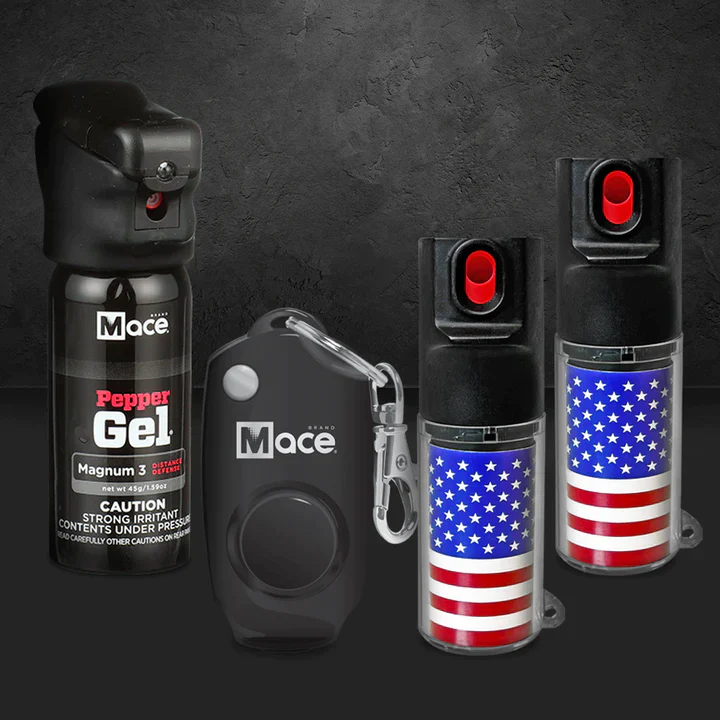
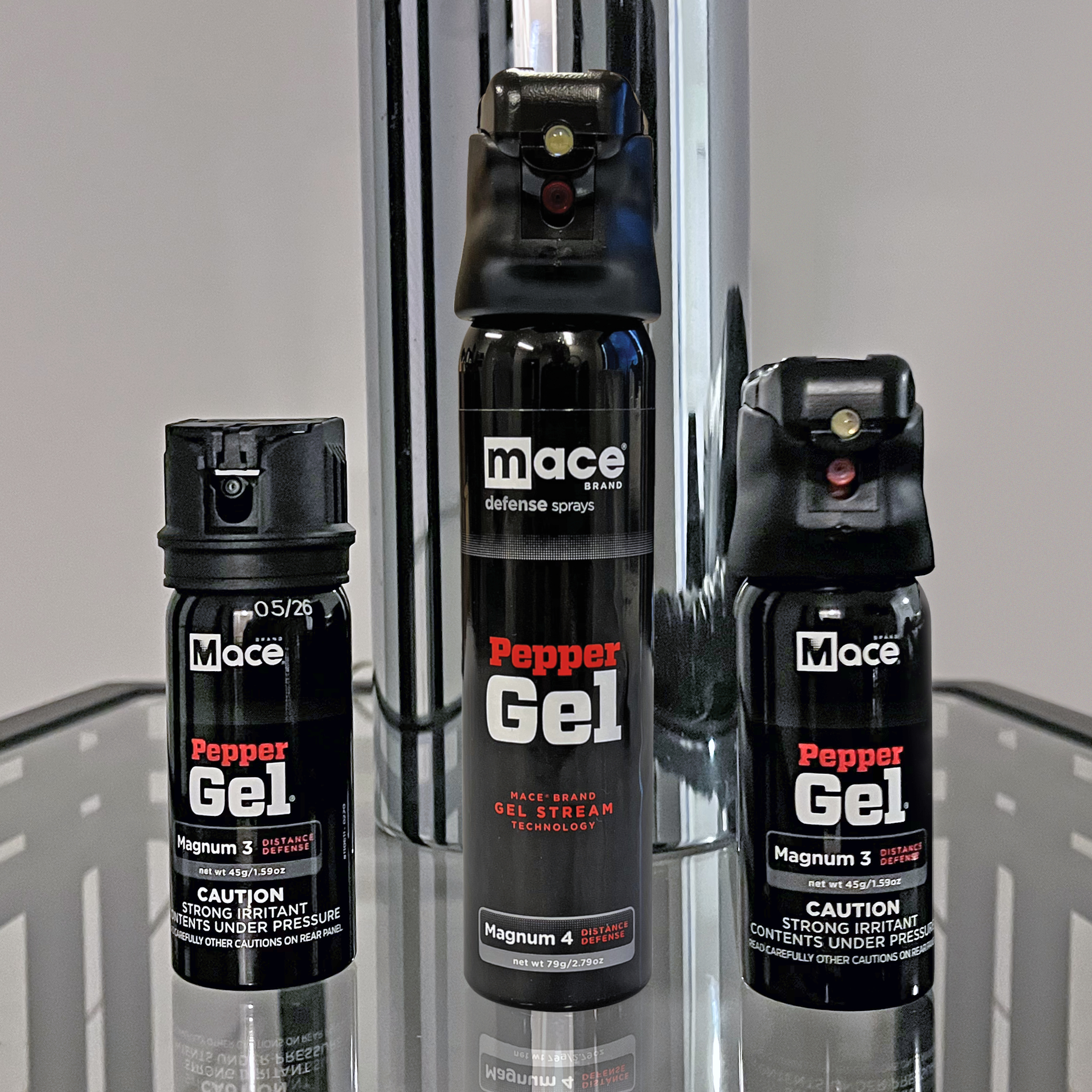
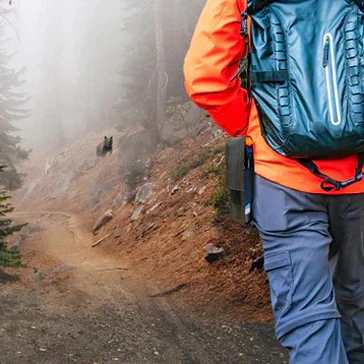
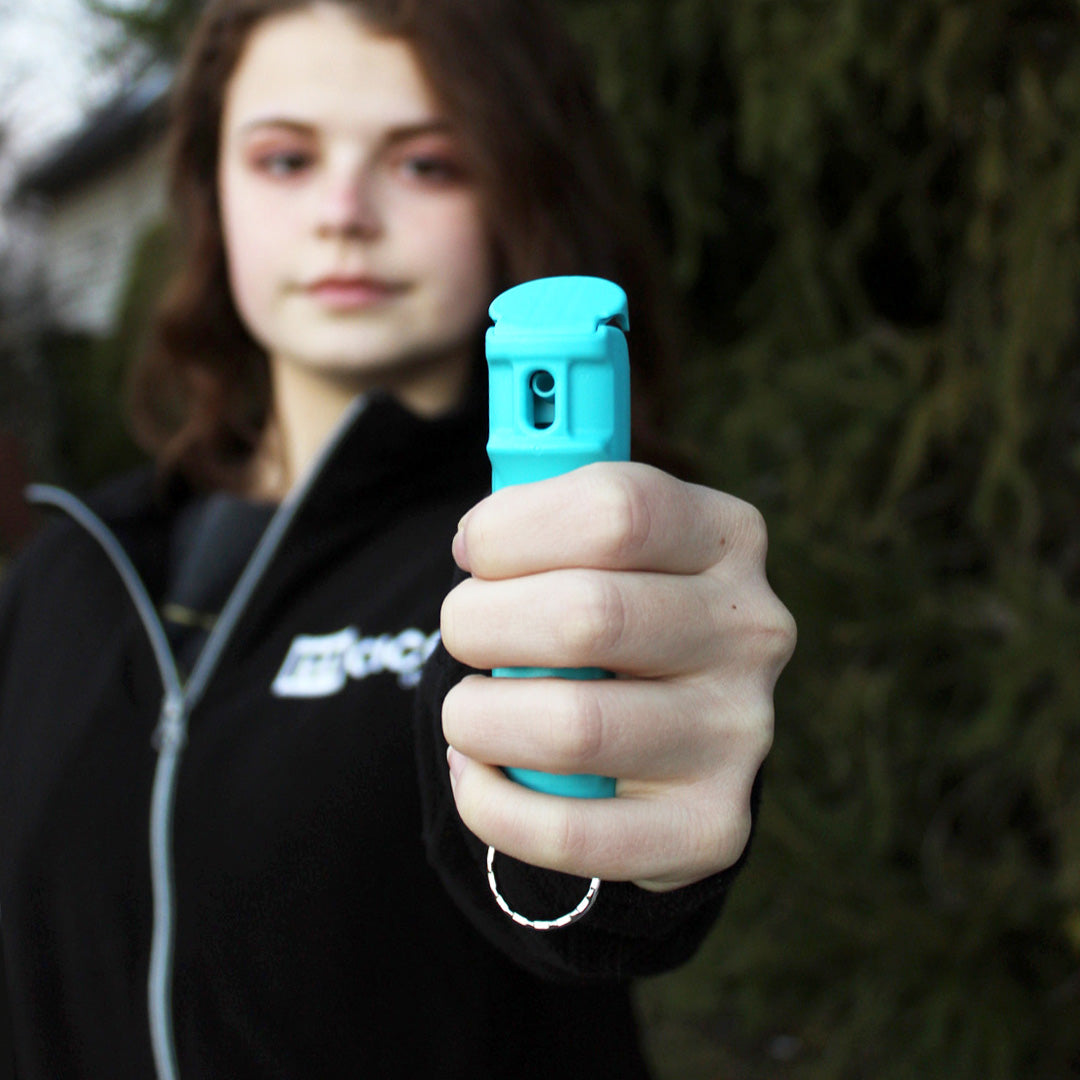
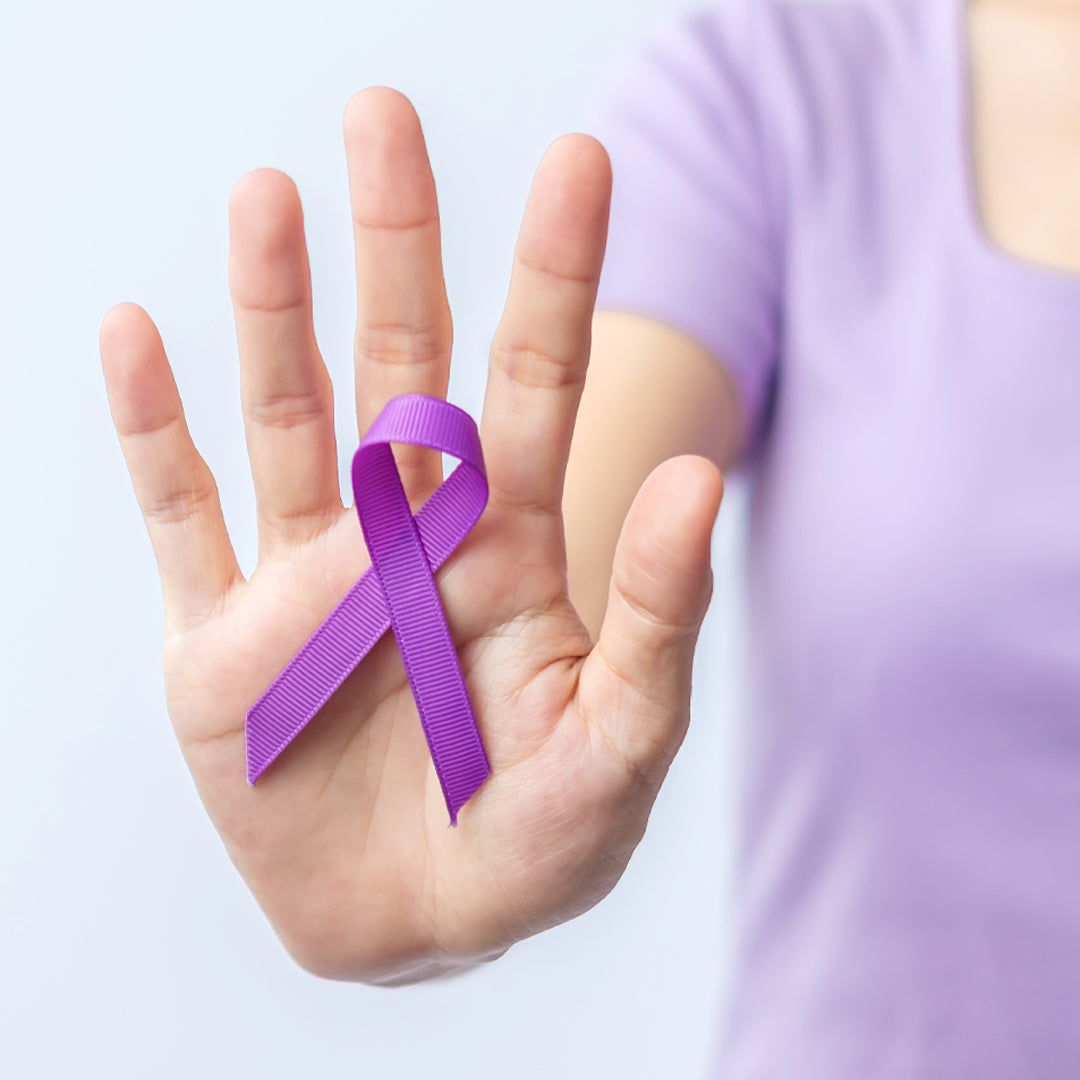
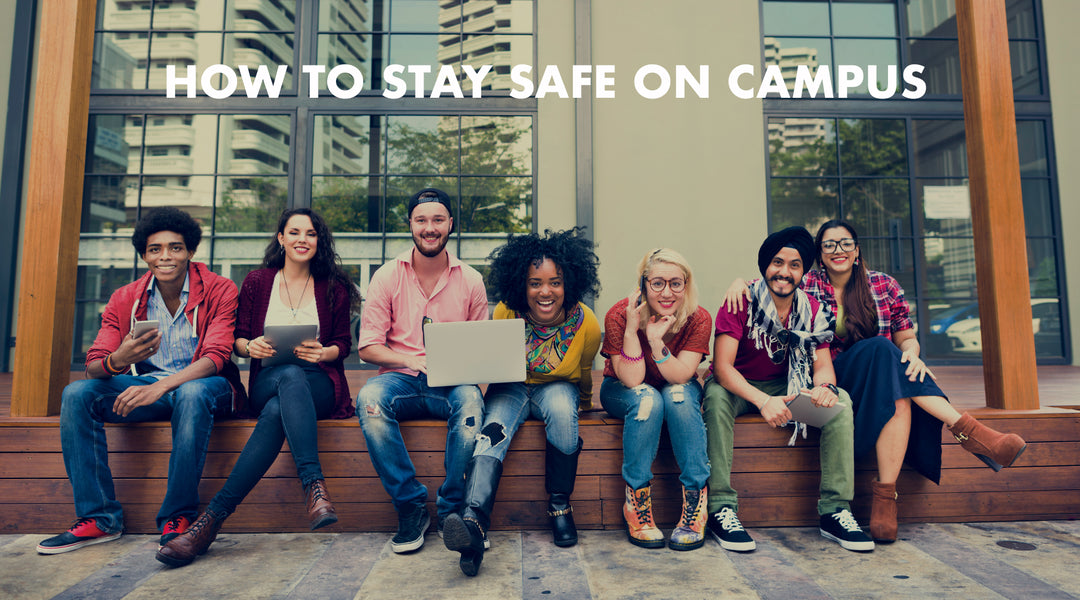
Leave a comment